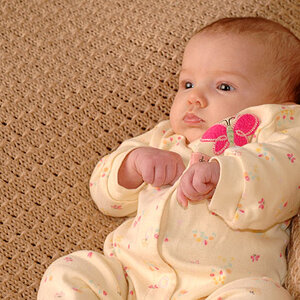OnTheCoast
TPF Noob!
I have been using my hotshoe vivitar 383 in TTL function with much success, but I would now like to put the Vivitar on a stand and use it as a main light along with the cameras popup flash as fill, and also to fire the Vivitar,
however since the flash is no longer on the hotshoe the TTL function is gone I imagine, But while still being in TTL the popup flash is now going to try and compensate and act as the main exp. source! So my question is, how can I now figure the exposure for the vivitar Speedlight as the main and the popup as Fill while still using it to fire the Vivitar on the Light stand?
Thanks Jon
however since the flash is no longer on the hotshoe the TTL function is gone I imagine, But while still being in TTL the popup flash is now going to try and compensate and act as the main exp. source! So my question is, how can I now figure the exposure for the vivitar Speedlight as the main and the popup as Fill while still using it to fire the Vivitar on the Light stand?
Thanks Jon


![[No title]](/data/xfmg/thumbnail/37/37616-5e9d06af384cf745ad31a513e49183a9.jpg?1619738151)
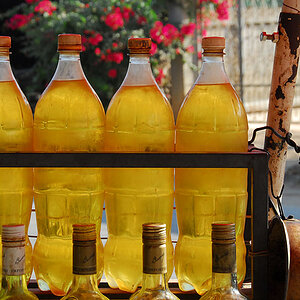
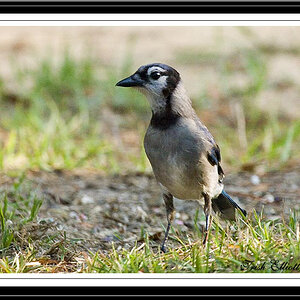
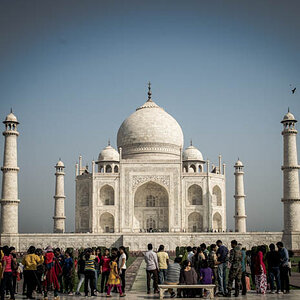
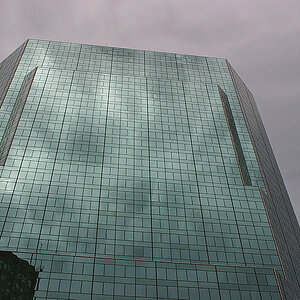
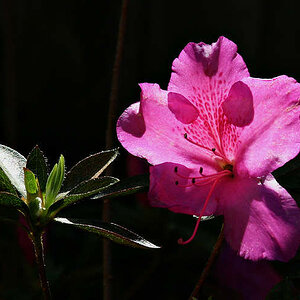
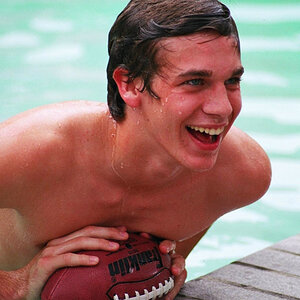
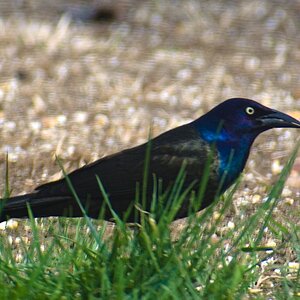
![[No title]](/data/xfmg/thumbnail/37/37617-2a07b7e10a8d9f154e8cd9727551e0ef.jpg?1619738151)
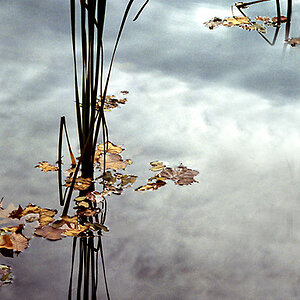
![[No title]](/data/xfmg/thumbnail/34/34040-14af4007923299ad46d35fc110d0faad.jpg?1619736250)
